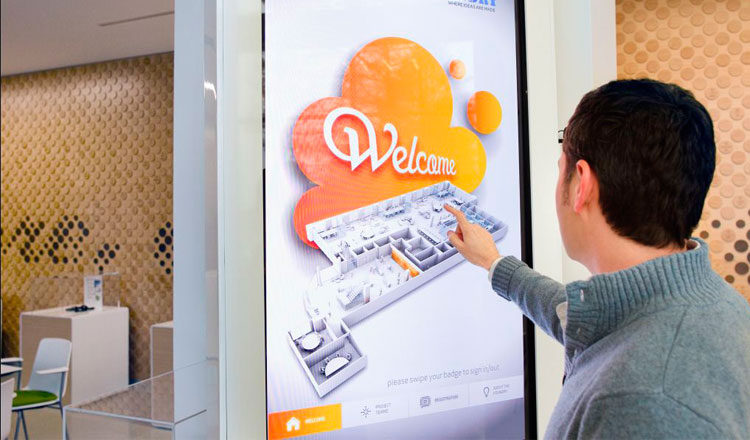The AT&T Foundry uses an open concept layout that encourages collaboration. These innovation centers are designed to bring ideas from concept to commercialization faster than previously possible.
In 2011, we officially opened the doors to the first AT&T Foundry in Plano, TX, with a focus on business software solutions. The goal was to push the envelope, take risks and, above all, fail fast. Now, 6 years later, we have 6 AT&T Foundry innovation centers around the world.
Below, Plano AT&T Foundry Director Antoine Diffloth discusses how his team pushes boundaries and drives innovation.
What’s surprising about working on the Foundry team?
There’s never a dull moment. You have meetings and email like any other job, but I’ve also had days when I’ve shipped a robot arm to a conference or surveyed our roof for various demo testings.
What surprised you the most after taking on your role?
The amount of freedom we have. We have larger goals and business objectives, but as long as we’re achieving them, how we do it is largely up to us.
What reaction do you get from coworkers when you tell them what you do?
Something along the lines of “that’s cool,” followed immediately by “what does that mean?”
I think those responses reflect how strong the Foundry brand is. But it also highlights the importance of communicating what we do with the rest of the company.
What do you appreciate most about your team?
Their adaptability. Whether it’s writing code, running a data center, hosting a hackathon or giving a tour, my team is always willing to do what it takes to get the job done—and done right. The AT&T Foundry gives you the chance to do things outside your comfort zone, your normal skillset and your traditional job description. It’s what keeps it interesting day to day. And I appreciate that my team enjoys this.
What’s on the horizon for your team at the Foundry?
I’m excited about the work we’re doing with AT&T Network 3.0 Indigo data sharing communities. We’re building prototypes for 2 Indigo use cases – healthcare research and Smart Cities. These prototypes will help answer important questions about the architecture and the customer experience that we expect Indigo will deliver.
I’m also looking forward to exploring new product possibilities with Advanced Solutions team. Bringing some of these new and existing products together into integrated solutions will provide more value than when they stand alone.
What’s unique about the Plano Foundry?
While most of the folks on the team are engineers with software and networking backgrounds, we also have 2 designers on the team. They bring a different perspective and can be assets to the right kind of project.
New York Times columnist Thomas Friedman coined the term “STEMpathy.” It refers to the mix of complex STEM disciplines and human-centered, empathy-based approaches, which he thinks will drive the next great wave of innovation. And I agree with him. Having a mix of designers and engineers on the team allows us to explore those possibilities.
The original AT&T Foundry in Plano was built in openness and speed. This is visible in its design – few walls, no cubicles and open spaces. It has led to significant transformation and success in the company. And it’s inspired redesign in many parts of the business.

Antoine Diffloth - Director of the AT&T Foundry Innovation Center in Plano, TX





